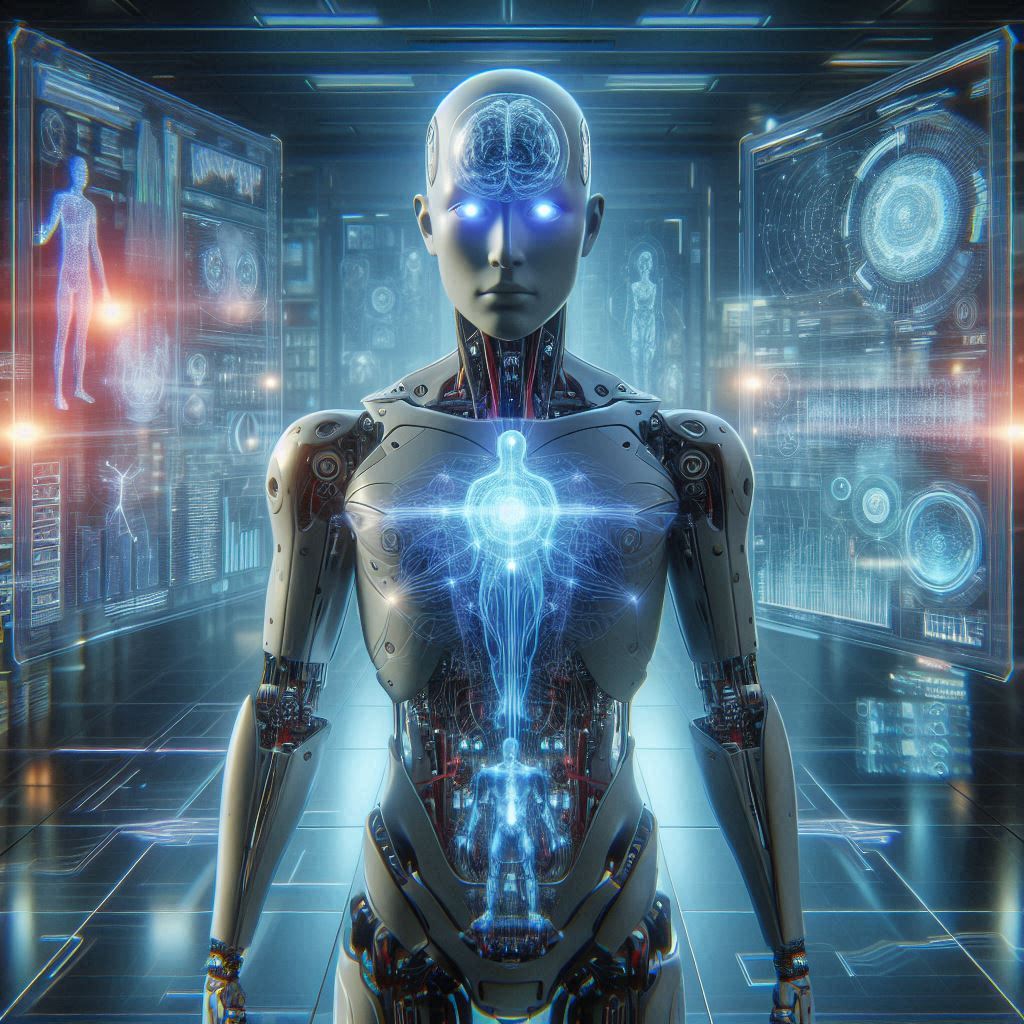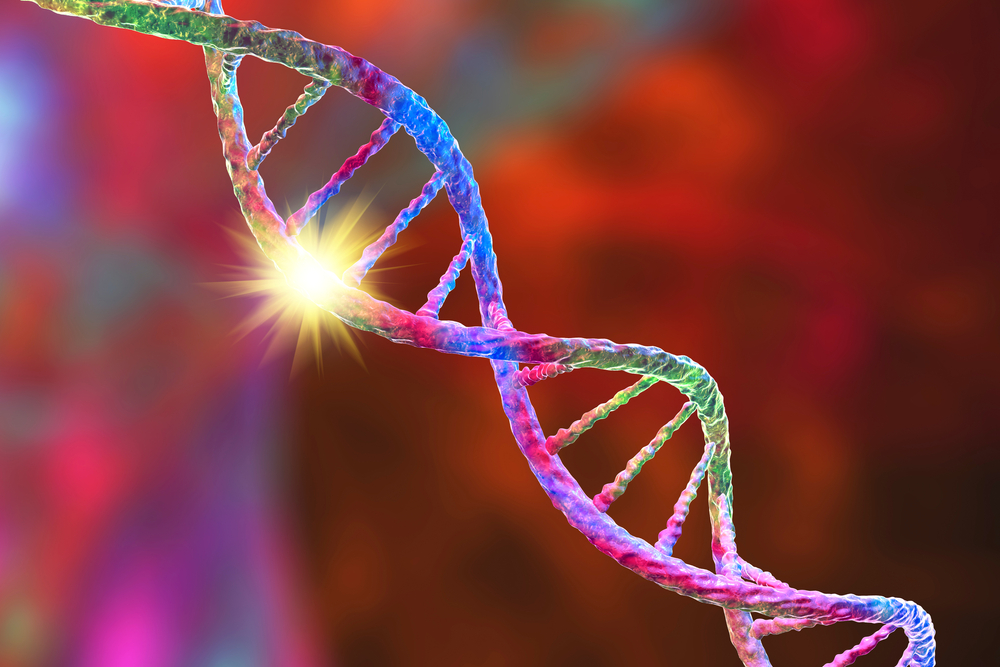The world of robotics lies at the intersection of engineering, computer science, artificial intelligence, and biology. Robots are machines designed to perform tasks autonomously or semi-autonomously, interacting with their environment through sensing, movement, and decision-making. At the core of robotics is the challenge of replicating some of the most fundamental aspects of living beings—perception, motion, and cognition. To truly understand how robots operate, one must explore how they see, move, and think, each of which represents a fusion of complex technologies and principles drawn from diverse scientific disciplines.
Modern robots range from industrial machines that weld car parts with precision to humanoid robots capable of walking, recognizing faces, and understanding speech. The ability of these systems to perceive their environment, navigate complex terrains, and make intelligent decisions is not the result of a single technology but of a vast network of sensors, actuators, algorithms, and computational models that together simulate aspects of human and animal capabilities.
Understanding how robots see, move, and think provides not only insight into the state of modern robotics but also a window into the broader pursuit of artificial intelligence and the technological replication of life’s most intricate abilities.
The Foundations of Robotic Perception
For a robot to operate in the real world, it must be able to perceive its surroundings. This ability—often referred to as “machine perception”—is what allows a robot to understand where it is, what objects are around it, and how it can safely interact with them. Human perception relies on a complex network of sensory organs and neural processing centers. Similarly, robots rely on sensors and algorithms that transform raw data into actionable understanding.
Robotic perception is based on three essential steps: sensing, processing, and interpretation. Sensors collect data from the environment in the form of light, sound, touch, temperature, or movement. Processing units, typically onboard computers, analyze this data. Finally, interpretation algorithms—often driven by artificial intelligence—extract meaning, allowing the robot to identify objects, estimate distances, and plan actions.
Vision: How Robots See the World
Vision is the most important and complex form of robotic perception. Just as human beings rely heavily on sight, many robots depend on visual information to navigate and interact with their surroundings. Robotic vision is achieved through cameras and image-processing systems collectively known as computer vision.
A robot’s “eyes” can take many forms. The simplest systems use standard digital cameras to capture images, while more advanced robots employ stereo vision, depth cameras, or LiDAR (Light Detection and Ranging) sensors. Stereo vision mimics human binocular vision, using two cameras spaced apart to estimate depth by comparing the difference between images. LiDAR, on the other hand, measures distance by emitting laser pulses and timing their reflections, creating a three-dimensional map of the environment.
Once visual data is captured, it must be processed. This involves converting raw pixels into meaningful information. Image-processing algorithms detect edges, textures, colors, and patterns. Computer vision techniques such as feature extraction, segmentation, and object recognition allow robots to identify objects and understand spatial relationships.
In recent years, deep learning has revolutionized robotic vision. Convolutional Neural Networks (CNNs), a type of deep learning model inspired by the structure of the human visual cortex, can learn to recognize complex patterns and objects from massive datasets. These networks enable robots to identify faces, read signs, or differentiate between pedestrians and vehicles in real time.
Robotic vision is also used for motion tracking and localization. Techniques such as Simultaneous Localization and Mapping (SLAM) allow robots to build maps of unknown environments while simultaneously tracking their position within them. SLAM integrates data from cameras, LiDAR, and other sensors, enabling autonomous navigation in environments ranging from warehouses to Mars.
Despite tremendous progress, robotic vision remains challenging. Lighting variations, reflections, occlusions, and cluttered backgrounds can confuse visual algorithms. Researchers continue to refine systems that can handle real-world conditions with the adaptability and resilience of biological vision.
Beyond Vision: Other Senses in Robotics
While sight is powerful, vision alone is not sufficient for most robotic tasks. Just as humans rely on multiple senses, robots integrate a variety of sensory modalities to gain a more complete understanding of their environment.
Tactile sensing allows robots to feel. Sensors embedded in robotic grippers or artificial skin detect pressure, texture, and temperature. This tactile feedback enables robots to handle fragile objects delicately, sense slippage, or determine whether an object is rigid or soft. Modern tactile sensors use piezoelectric materials, conductive polymers, or microelectromechanical systems (MEMS) to measure force and deformation with high precision.
Auditory perception enables robots to hear. Microphones and sound-processing algorithms allow robots to recognize speech, localize sounds, and analyze acoustic environments. Speech recognition systems, powered by neural networks, enable human-robot communication in natural language. Robots like Amazon’s Alexa or humanoid assistants use auditory cues to interact smoothly with users.
Proprioception—the sense of one’s own body position—is another essential sensory capability. Robots use internal sensors such as encoders, gyroscopes, and accelerometers to monitor the positions of their joints, limbs, and overall balance. In humanoid robots and autonomous vehicles alike, proprioceptive data ensures coordinated movement and stability.
Olfaction and gustation, or smell and taste, are rare in robotics but are emerging in specialized fields. Electronic noses can detect volatile compounds for environmental monitoring or quality control, while taste sensors analyze chemical compositions for food processing or safety applications.
Together, these senses create multimodal perception—an integrated system that fuses data from multiple sensors to improve accuracy and robustness. Sensor fusion algorithms combine information from vision, touch, and motion sensors to produce a coherent picture of the environment, much as the human brain integrates inputs from different senses.
How Robots Move: The Science of Motion
Motion is one of the defining characteristics of a robot. Whether it’s a factory robot arm assembling a car, a drone flying through the air, or a humanoid robot walking on two legs, the ability to move precisely and purposefully is essential to robotics.
The study of robotic motion involves kinematics, dynamics, control systems, and actuation technologies. Kinematics deals with describing motion—how parts of the robot move relative to one another—without considering forces. Dynamics, on the other hand, examines the forces and torques that cause motion. These two branches of mechanics form the foundation for motion planning and control.
Robotic motion is driven by actuators, the mechanical counterparts of human muscles. The most common actuators include electric motors, hydraulic cylinders, and pneumatic systems. Electric motors, particularly servo and stepper motors, are widely used because they provide precise control of position and speed. Hydraulic and pneumatic actuators are favored in applications that require high force or smooth motion.
The joints and limbs of robots are designed according to the principles of kinematics. In articulated robots, such as robotic arms, each joint adds a degree of freedom (DOF), allowing for more complex movements. A typical industrial robot arm might have six degrees of freedom, corresponding to three for positioning and three for orientation. Kinematic models describe how the motion of each joint affects the overall position of the end effector—the tool or hand that interacts with the environment.
Locomotion in Mobile Robots
Mobile robots face the additional challenge of navigating across surfaces or through air and water. Wheeled robots are the most common, as wheels provide efficient and stable movement on flat terrain. Differential drive systems, which control each wheel independently, allow for flexible navigation and turning in place.
Legged robots, by contrast, mimic the movement of animals. Bipedal robots such as Boston Dynamics’ Atlas use sophisticated balance control and joint coordination to walk, run, and even jump. Quadruped robots like Spot use four legs to traverse uneven terrain, maintaining stability even when external forces disturb them.
Flying robots, or drones, rely on aerodynamic forces for motion. Quadcopters use four rotors to control lift and orientation through varying thrust. Autonomous underwater vehicles (AUVs) and robotic fish use propellers or flexible fins to move through water efficiently.
Each mode of locomotion comes with challenges in balance, control, and energy efficiency. Legged robots must constantly adjust their posture to avoid falling, while flying robots must stabilize against turbulence. Motion planning algorithms, often based on optimization and control theory, compute trajectories that ensure smooth, stable movement while avoiding obstacles.
The Role of Control Systems in Motion
Control systems are the “nervous systems” of robots, ensuring that movements are accurate and responsive. Control theory governs how a robot reacts to input signals and disturbances. In a feedback control loop, sensors measure the robot’s current state, compare it to the desired state, and compute corrections. This process allows robots to adapt in real time to changes in their environment.
Simple proportional–integral–derivative (PID) controllers remain the backbone of many robotic systems, providing stable and predictable control. However, advanced robots use model-based control, adaptive control, and learning-based control to handle complex dynamics. For instance, model predictive control (MPC) uses mathematical models of the robot’s behavior to anticipate future states and optimize performance over time.
Balance control is particularly important in humanoid and legged robots. These systems use inertial measurement units (IMUs) to monitor orientation and acceleration. Algorithms like Zero Moment Point (ZMP) control maintain stability by ensuring that the net force acting on the robot remains within its support area.
In collaborative and soft robotics, where robots physically interact with humans, compliance control becomes essential. Force sensors and torque feedback allow robots to modulate their stiffness, making them safer and more adaptive during physical contact.
How Robots Think: Artificial Intelligence and Decision-Making
While sensing and motion are vital, what truly differentiates robots from mere machines is their ability to think—to analyze information, make decisions, and learn from experience. Robotic cognition integrates artificial intelligence (AI), machine learning, and computational reasoning to endow robots with problem-solving and decision-making capabilities.
At the heart of robotic intelligence lies perception-to-action processing. Robots collect sensory data, interpret it, and decide what actions to take based on goals and constraints. This process mirrors cognitive functions in animals and humans, though implemented in a computational framework.
Early robots operated on predefined rules—if-then logic systems that dictated specific actions for specific conditions. While effective for structured environments, such rule-based systems fail in dynamic, unpredictable settings. Modern AI allows robots to handle complexity and uncertainty through probabilistic reasoning, planning algorithms, and machine learning.
Machine Learning in Robotics
Machine learning enables robots to improve performance over time by learning from data and experience rather than relying solely on explicit programming. Supervised learning allows robots to recognize objects or classify sensory inputs by training on labeled datasets. Reinforcement learning, inspired by behavioral psychology, teaches robots through trial and error: they receive rewards or penalties for actions and gradually learn optimal behaviors.
Reinforcement learning has led to impressive demonstrations of autonomous skill acquisition. Robots have learned to manipulate objects, walk efficiently, or play complex games through simulated training. Combining reinforcement learning with deep neural networks—an approach known as deep reinforcement learning—has produced systems capable of mastering tasks too complex for traditional control methods.
Transfer learning and imitation learning further enhance robotic intelligence by allowing robots to acquire new skills from human demonstrations. A robot can watch a human perform a task and generalize the observed behavior to similar situations, dramatically reducing training time.
Cognitive Architectures and Planning
Beyond learning individual tasks, robots need cognitive architectures to coordinate perception, memory, and reasoning. Cognitive architectures such as SOAR, ACT-R, and ROS-based planning systems provide frameworks for higher-level decision-making. These architectures integrate sensory inputs, maintain internal representations of the world, and plan sequences of actions to achieve goals.
Planning algorithms form the backbone of robotic reasoning. Motion planning determines collision-free paths through space, while task planning determines the sequence of actions to accomplish objectives. Algorithms such as A*, D*, and rapidly-exploring random trees (RRTs) are used to compute efficient paths in dynamic environments.
Probabilistic reasoning helps robots deal with uncertainty. Bayesian filters, such as the Kalman filter and particle filter, combine noisy sensor data to estimate the robot’s state with high accuracy. These probabilistic models allow robots to operate robustly in imperfect conditions where sensors and actuators are not flawless.
Human–Robot Interaction and Social Intelligence
As robots increasingly share spaces with humans, social intelligence becomes essential. Human–robot interaction (HRI) research explores how robots can understand and respond to human emotions, gestures, and intentions. Visual cues like gaze direction, facial expressions, and body language help robots interpret human behavior, while natural language processing allows them to communicate effectively.
Social robots, such as service robots or companions, use affective computing to detect emotional states through tone of voice, facial features, or physiological signals. This enables empathetic responses, such as adjusting behavior when a user seems frustrated. Cognitive models inspired by psychology and neuroscience are integrated to make interactions more natural and intuitive.
Ethical considerations also play a role in robotic thinking. Decision-making algorithms must account for moral and safety implications, particularly in autonomous vehicles, healthcare, and defense applications. The field of robot ethics examines how to design decision frameworks that respect human values and ensure accountability.
The Integration of Seeing, Moving, and Thinking
The most advanced robots seamlessly integrate perception, motion, and cognition into a unified system. Each capability reinforces the others: vision guides motion, motion generates new sensory input, and cognition interprets and optimizes the interaction. This closed-loop architecture mirrors biological systems, where perception, action, and intelligence form a continuous cycle.
Consider a humanoid robot performing household chores. Vision identifies objects such as cups or dishes, tactile sensors measure grip force, motion planning algorithms compute safe trajectories, and AI models decide the best sequence of actions. Feedback from sensors continuously refines the behavior, allowing the robot to adapt to unexpected changes, such as a shifted object or a human entering the workspace.
The integration of these components relies heavily on software frameworks like the Robot Operating System (ROS), which provides a modular architecture for communication between perception, control, and planning modules. Middleware ensures real-time coordination, enabling robots to perform complex behaviors autonomously.
Challenges and Frontiers in Robotic Intelligence
Despite remarkable progress, robotics still faces formidable challenges. Vision systems struggle with generalization, motion control remains computationally intensive, and high-level reasoning is far from human flexibility. Real-world environments are unpredictable, requiring adaptability that even advanced AI struggles to achieve.
Energy efficiency is another limitation. Many robots consume large amounts of power, particularly those with heavy computation or actuation requirements. Developing lightweight materials, efficient actuators, and neuromorphic processors that mimic biological energy use remains an active area of research.
Another frontier is embodied intelligence—the idea that cognition arises not just from computation but from the interaction between body, brain, and environment. Researchers are exploring how physical form and sensory feedback contribute to intelligent behavior, inspired by biological systems such as insects or mammals.
Quantum computing and neuromorphic hardware hold promise for future robotics. These technologies could enable massively parallel computation, allowing robots to process sensory data and make decisions at unprecedented speed and efficiency.
The Future of Robots That See, Move, and Think
The future of robotics lies in the convergence of artificial intelligence, materials science, and neuroscience. As robots gain more advanced perception, mobility, and cognition, they will increasingly resemble biological organisms in adaptability and autonomy.
In industry, collaborative robots (cobots) will work side by side with humans, understanding natural speech and gestures. In medicine, surgical robots will operate with precision beyond human capability while adapting to real-time feedback. In exploration, autonomous robots will venture into hazardous environments—from deep oceans to distant planets—where humans cannot go.
As robots evolve, society will face new philosophical and ethical questions. How intelligent can machines become? What rights or responsibilities should autonomous systems have? These questions highlight that understanding how robots see, move, and think is not only a scientific pursuit but also a reflection of humanity’s quest to understand itself.
Ultimately, the development of robots capable of perception, motion, and thought marks a profound milestone in the history of technology. It represents humanity’s effort to extend its abilities beyond biological limits, creating machines that mirror, augment, and perhaps one day rival the intelligence of life itself.






